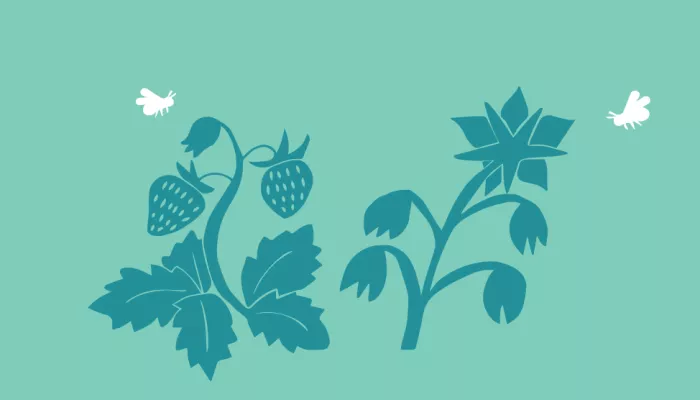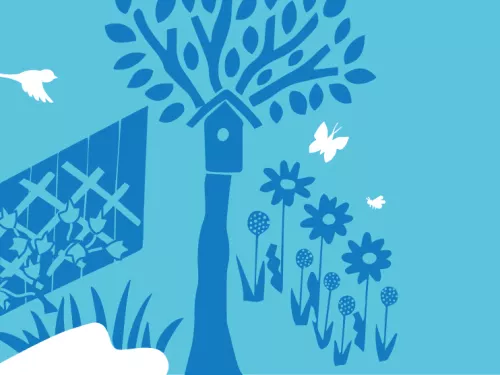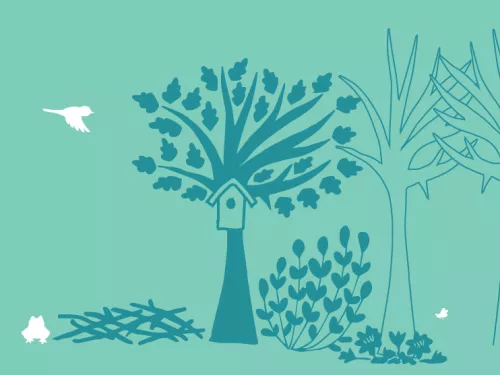
How to help wildlife at school
Whether feeding the birds, or sowing a wildflower patch, setting up wildlife areas in your school makes for happier, healthier and more creative children.

Grow plants that help each other! Maximise your garden for you and for wildlife using this planting technique.
Companion planting is all about creating areas of plants that provide benefits to each other. In practice, this means that plants that complement each other are placed together, and those that don’t, are kept apart. By planting 'companion' plants among other plants it can help them to grow by either attracting beneficial insects, and repelling others, or by acting as a sacrificial plant to lure hungry minibeasts away.
| Companion plant | Place | Result |
|---|---|---|
| Borage | Near strawberries and tomatoes | Attracts bees to cross-pollinate. |
| Chamomile | Near sick plants | May act as a tonic to encourage growth. |
| Comfrey | In flower beds and vegetable plots | Deep taproots bring vital minerals to the surface. |
| Dill and fennel | In vegetable plots | Attract hoverflies that will eat aphids. |
| Garlic and chives | Under roses | Believed to keep aphids and black spot away. |
| Nasturtiums | Among vegetables | Attract aphids away from the vegetables and also may repel ants and whitefly. |


Whether feeding the birds, or sowing a wildflower patch, setting up wildlife areas in your school makes for happier, healthier and more creative children.

Attracting wildlife to your work will help improve their environment – and yours!

Use the blank canvas of your garden to make a home for wildlife.

Few of us can contemplate having a wood in our back gardens, but just a few metres is enough to establish this mini-habitat!